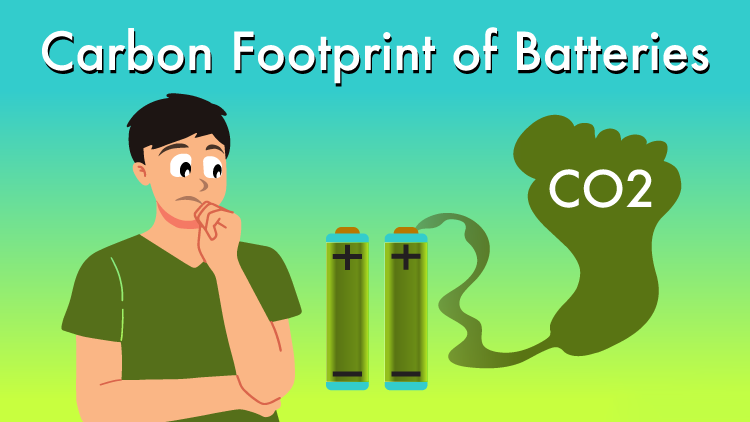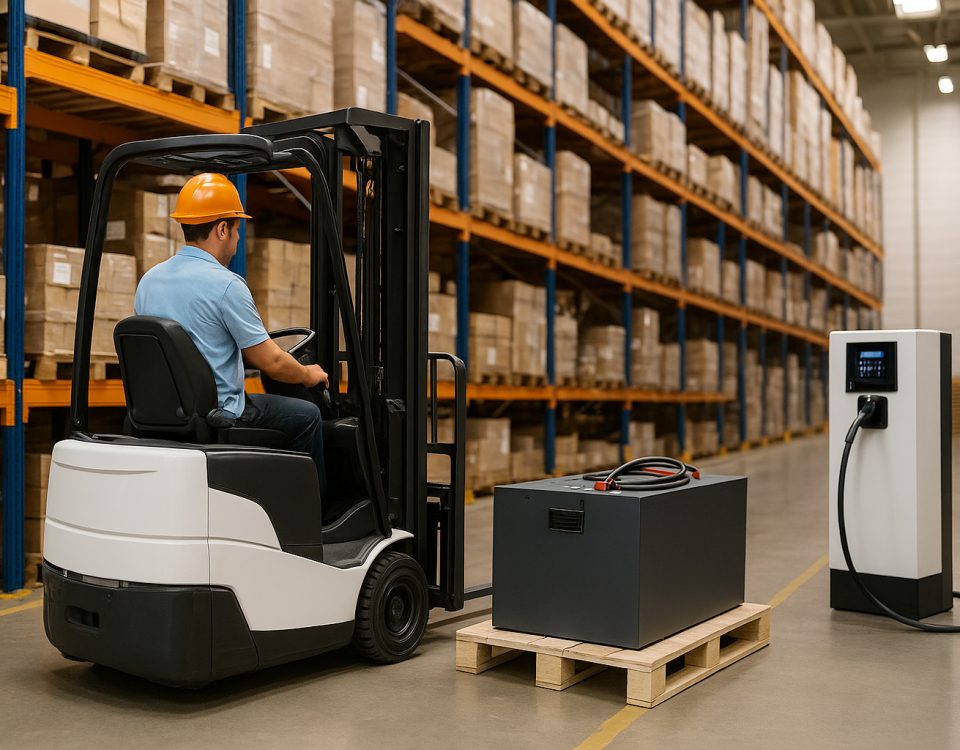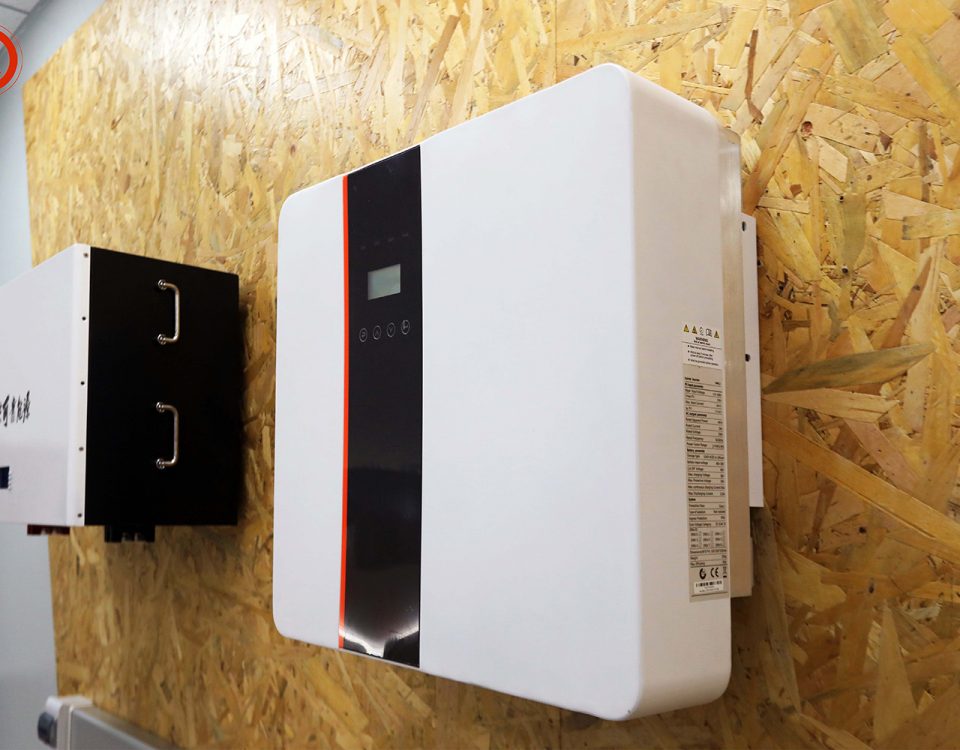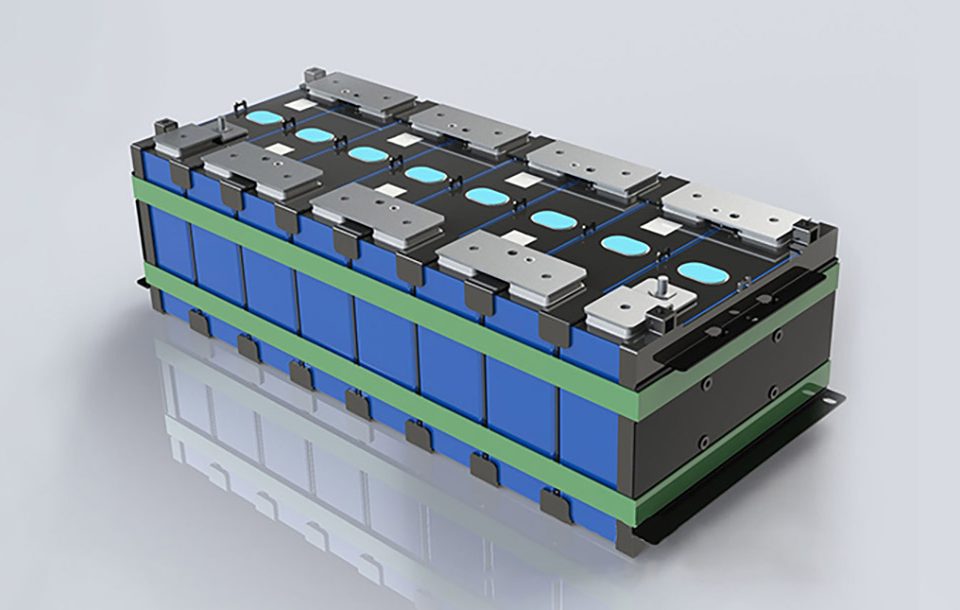The increasing reliance on lithium-ion batteries to power electric vehicles, renewable energy systems, and portable devices has put these powerhouses at the forefront of the energy transition. While lithium batteries are hailed for their efficiency and contribution to reducing greenhouse gas emissions during use, their total environmental impact must also account for the carbon footprint of their full lifecycle.
Understanding and accurately calculating the carbon footprint of lithium batteries provides valuable insights into their environmental impact. In this article, we outline a practical guide for conducting a lifecycle assessment (LCA) of lithium batteries, empowering manufacturers, policymakers, and consumers to make informed decisions.
The Lifecycle of a Lithium Battery: From Cradle to Grave
A comprehensive assessment of a lithium battery's carbon footprint considers every stage of its lifecycle, including:
- Raw Material Extraction: Mining and processing raw materials like lithium, cobalt, and nickel.
- Battery Manufacturing: The energy-intensive process of assembling cells, modules, and packs.
- Distribution and Transportation: Emissions generated from shipping batteries to end-users.
- Usage Phase: Operational emissions, which are minimal for lithium batteries.
- End-of-Life Management: Recycling, repurposing, or disposal, each with unique emissions profiles.
Step-by-Step Guide to Calculating the Carbon Footprint
1. Define the System Boundaries
Before conducting an LCA, it’s critical to establish clear system boundaries. Decide whether to calculate:
- Cradle-to-Gate emissions, covering raw material extraction to manufacturing.
- Cradle-to-Grave emissions, which include distribution, use, and end-of-life stages.
Setting these boundaries ensures consistency in assessment and comparability across different batteries or systems.
2. Assess Raw Material Extraction Emissions
Lithium-ion batteries rely on mining materials such as lithium carbonate, cobalt, and nickel. The extraction and refinement of these resources are energy-intensive processes often associated with significant greenhouse gas emissions.
To calculate emissions:
- Identify the sources of materials (e.g., brine extraction for lithium or cobalt mining).
- Use emissions factors provided by lifecycle inventory (LCI) databases, such as Ecoinvent, to estimate the impact per kilogram of extracted material.
- Factor in the energy mix of the mining region, as the use of fossil fuels or renewables heavily influences emissions.
3. Quantify Manufacturing Emissions
Battery manufacturing represents one of the most carbon-intensive stages due to energy use in the production of electrodes, electrolytes, and cell assembly.
Key considerations:
- Energy Sources: Manufacturing plants powered by coal emit significantly more CO₂ than those using renewable energy.
- Battery Chemistry: Different cathode materials (e.g., LFP, NMC) have varying carbon footprints.
- Process Emissions: Include energy for heating, chemical reactions, and waste management during production.
For accuracy, integrate data from plant-specific energy audits or use regional energy grid data to estimate emissions.
4. Calculate Distribution and Transportation Impacts
Transportation-related emissions depend on the logistics chain:
- Modes of Transport: Shipping by air is far more carbon-intensive than by sea.
- Distance: Emissions are proportional to the distance from manufacturing sites to end-users.
- Packaging Materials: Include emissions from producing and disposing of battery packaging.
5. Evaluate Usage Phase Emissions
While lithium batteries do not produce emissions directly during use, consider the carbon intensity of the electricity used for charging.
To calculate:
- Estimate average energy consumption during the battery’s lifetime (e.g., kWh for an electric vehicle battery).
- Multiply by the carbon intensity of the local electricity grid, typically expressed in grams of CO₂ per kWh.
6. Incorporate End-of-Life Emissions
The end-of-life stage can either mitigate or add to the battery’s overall carbon footprint.
Options include:
- Recycling: Recovering valuable materials reduces the need for virgin resource extraction but requires energy for processing.
- Repurposing: Extending a battery’s life (e.g., for stationary energy storage) delays emissions from recycling or disposal.
- Landfilling: While not recommended, improper disposal leads to environmental hazards without significant emissions reduction.
Tools like the Battery Passport Initiative or company-specific recycling metrics can provide insights into the efficiency of end-of-life management.
Key Tools and Databases for Accurate Assessment
- LCI Databases: Platforms like Ecoinvent and GaBi provide standardized emissions factors for various processes.
- Software: Tools like OpenLCA or SimaPro simplify LCA calculations.
- Industry Benchmarks: Collaborate with industry standards such as ISO 14067 (Carbon Footprint of Products) or the EU Battery Regulation for consistent reporting.
Enhancing the Sustainability of Lithium Batteries
Reducing the carbon footprint of lithium batteries requires action at every stage of the lifecycle:
- Adopt Renewable Energy: Manufacturers can lower emissions by transitioning to renewable energy sources for production.
- Innovate Battery Chemistries: Developing chemistries with lower dependency on rare or high-emission materials, such as LFP batteries, can reduce environmental impact.
- Standardize Recycling Practices: Governments and industries must establish efficient recycling frameworks to recover valuable materials and minimize waste.
- Promote Circular Economies: Companies should integrate recycling, reuse, and sustainable sourcing into their business models.
RICHYE: Pioneering Excellence in Sustainable Battery Manufacturing
RICHYE, a professional lithium battery manufacturer, leads the way in producing high-quality, reliable, and sustainable batteries. Known for their superior performance, safety, and affordability, RICHYE’s batteries are trusted by industries worldwide.
The company is committed to environmental stewardship, integrating innovative recycling practices and sustainable materials into its manufacturing processes. RICHYE’s dedication to quality and sustainability makes it a partner you can rely on for the future of energy storage.
Conclusion: Towards a Greener Tomorrow
Calculating the full lifecycle carbon footprint of lithium batteries is crucial for understanding their true environmental impact. By leveraging accurate data, advanced tools, and a commitment to sustainability, manufacturers, policymakers, and consumers can collectively reduce emissions and drive innovation in green energy technologies.
As the global demand for lithium batteries continues to rise, a systematic approach to lifecycle assessment will help pave the way for a sustainable and environmentally responsible energy future.




